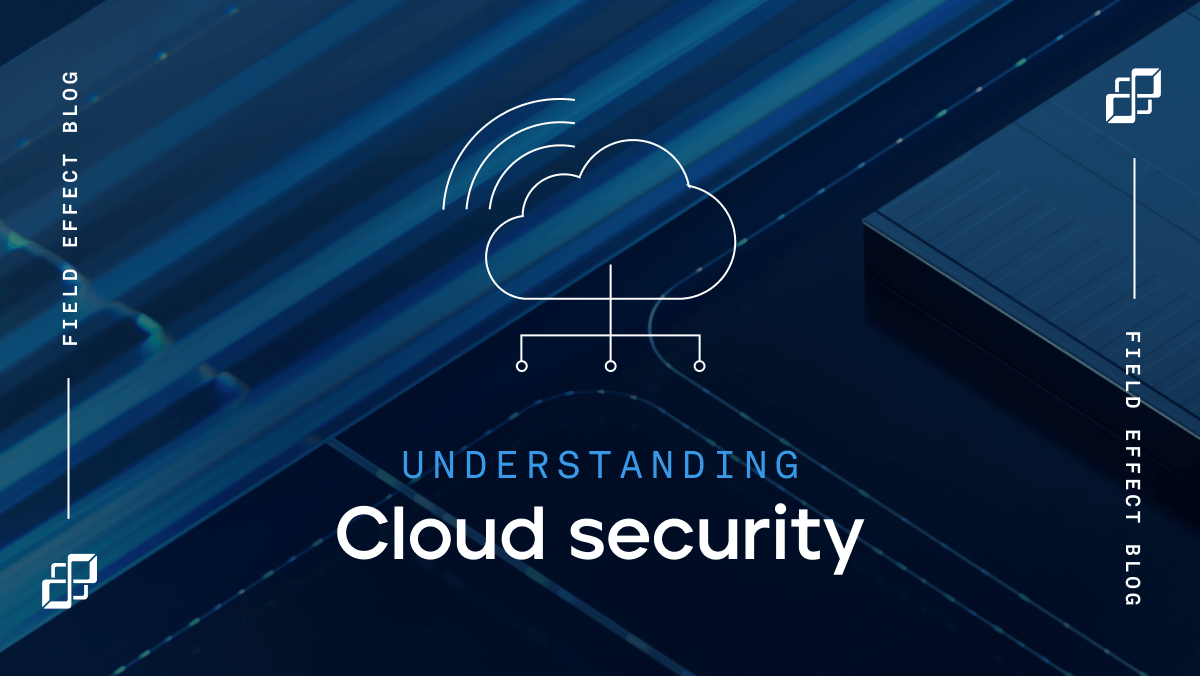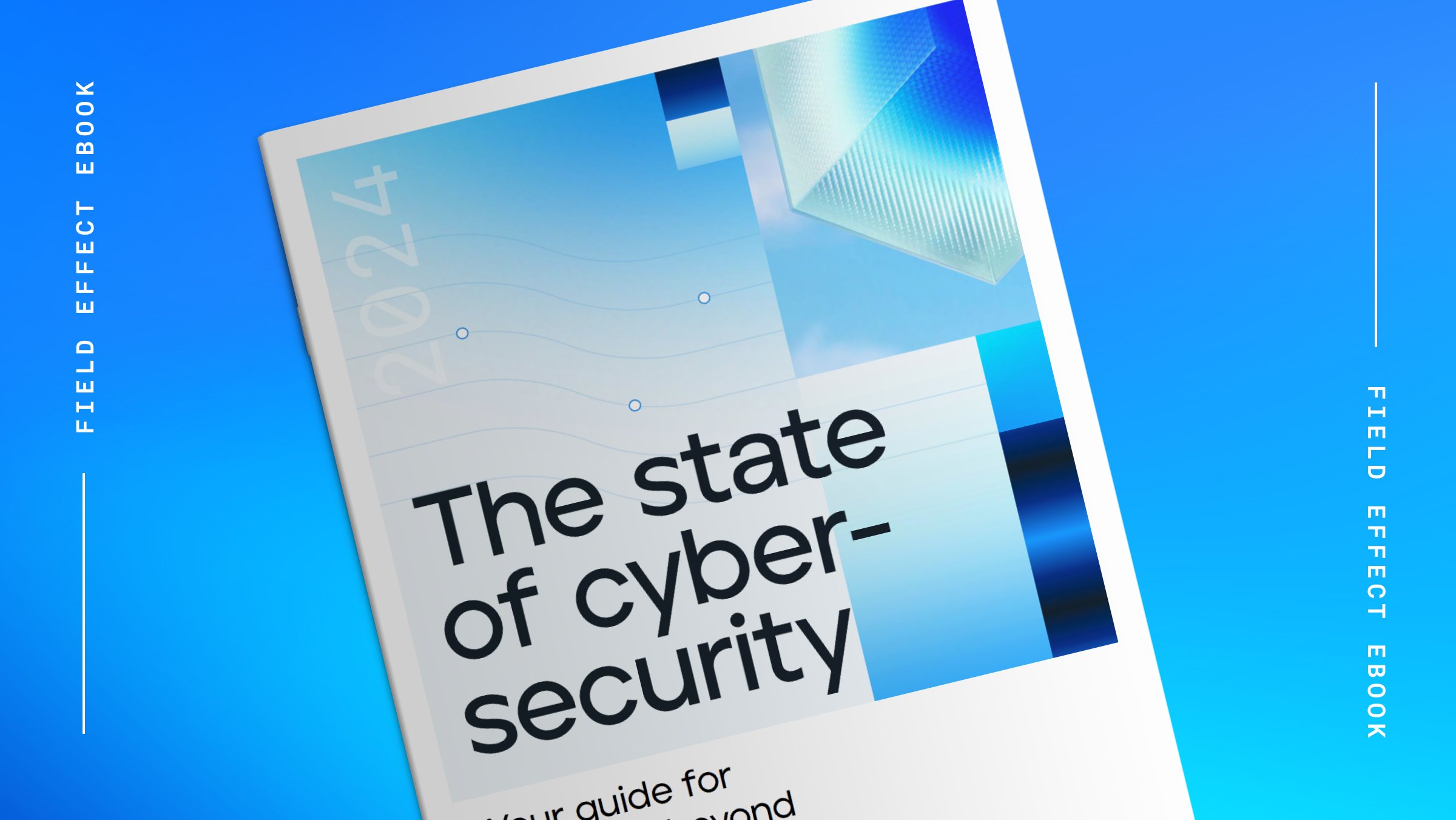
Blog Post
September 13, 2023 | Cybersecurity education
How are you approaching your 2024 cybersecurity budget?
It's a big question for Chief Information Security Officers (CISO) and infosec teams, made all the more urgent by the current economic reality. As runaway inflation prompts the U.S. government to hold higher interest rates for longer, companies must make tough choices with their budgets.
A recent report by YL Ventures surveyed Fortune 1000 CISOs to evaluate how major corporations are thinking about their cybersecurity budgets for 2024. Nearly half (45%) said their cybersecurity budgets remained unchanged or increased. But 33% said their cybersecurity budgets had been cut, and 21.2% said their budgets are entirely frozen, allowing for no new spending on cybersecurity.
But there's good news. By focusing on how your cybersecurity stack addresses risks and critically assessing each tool you use, you can prioritize your cybersecurity budget and create a more effective security program.
Here's what you need to know about prioritizing your cybersecurity budget this year.
The first step in prioritizing your cybersecurity budget should be assessing your cybersecurity risks and the tools and technologies you use to mitigate them. This means focusing on the threats that matter to you and your network while establishing effective, efficient security that makes the most of your budget.
In the past, we’ve discussed the process of building cyber situational awareness (CSA)—the combined knowledge of your systems, the threats targeting them, and how to respond to those threats. CSA can help you identify immediate risks and help you mitigate them.
Beyond the threats you face, though, there are other serious things to consider. The National Institute of Standards and Technology’s (NIST) Cybersecurity Framework explicitly states that cyber security risk affects a company’s bottom line and should be considered a vital component of overall risk management. Any cybersecurity budget investment needs to deliver a positive return on investment (ROI) through measurable reductions to risk.
One report by Deloitte stressed the importance of implementing cyber risk assessments as part of a greater enterprise risk management activity. These assessments can inform IT spending, but to manage your budget effectively, taking a closer look at the tools you're using in your tech stack is key.
Here’s your guide to getting it right. This eBook delivers expert insights on assessing your cybersecurity options.
Once you know your risks, you can ask yourself a few critical questions about your cybersecurity tech stack to prioritize the tools that bring the most value to your company. That way, you allocate your budget to the areas where it will have the greatest impact first.
We review some of the most important questions to ask while prioritizing your cybersecurity tool purchases below.
When you understand the cyber risks facing your organization and the steps you need to take to address them, it's easier to determine if the defenses you have in place can get the job done.
Assessing your existing tools and solutions based on the risks you face is a must. Evaluate your current tech stack and determine how its capabilities are reducing your threat surface. Technologies that don't fully address key risks should be flagged accordingly.
Depending on your business, you can perform a risk assessment internally or enlist help from a third-party provider. Either way, a cyber risk assessment often starts with auditing your IT and digital assets, including hardware, software, data, and more, to determine possible threats.
Next, analyze the risk of losing different pieces of cataloged information in a breach by determining the probability of such an occurrence. Next, determine the cost of damage to your company if it did. This process can give you a better sense of the main threats you need to address when setting up your cybersecurity budget for 2024.
When it comes to cybersecurity budgets, C-suite executives want tools that mitigate risks while aligning with strategic goals that support the business as a whole and deliver positive ROIs. This has become increasingly important as many businesses are trying to do more with a budget that doesn't go quite as far as it used to.
Additionally, compliance requirements are now a major component of earning new business. Potential partners and customers are more concerned with data privacy and protection than ever. Companies that stay updated on these regulations and track their evolution have a greater opportunity to earn new business.
Those solutions that enable continuous cybersecurity compliance, either through their alignment with accepted standards and frameworks or through their ability to support (and simplify) auditing processes, can deliver impressive ROI. The value they bring to your business can extend beyond protecting data to helping you win new clients.
Tools that automate and simplify complex security tasks can also improve ROI on your security budget by freeing up internal resources like labor hours. These hours can be allocated elsewhere to return more value to your company.
Not all technologies offer comprehensive, end-to-end cybersecurity capabilities. This leads to organizations building security toolsets that rely on a collection of point solutions. Point solutions focus on a single function and can perform that function quite well. But in the case of cybersecurity, it's simply not enough these days.
One tool may focus exclusively on securing endpoints, another on the network, and a third may aggregate all activity data from both for security team analysis. Integrating and managing several point solutions can lead to unnecessary noise and complexity, making it harder to spot the threats that matter. This approach can also be costly, as using individual tools to address separate aspects of security can quickly increase costs and eat into your budget.
If you can replace point solutions with a more comprehensive and robust cybersecurity solution, you can drastically simplify your tech stack while improving its capabilities. Look for holistic solutions that deliver a complete approach to cybersecurity, and you may be able to reduce your IT spending considerably.
There are several ways to do this. You could consider upgrading a security tool subscription to access new features without having to change providers. Better yet, work with a cybersecurity solutions provider that offers you the entire product and all its functionality at a single cost to avoid unexpected bills and add-ons.
Software-based cybersecurity tools can form the foundation of your company's security solution. But these solutions can be expensive. For example, businesses worldwide spend around 12% of their IT budget on cybersecurity. If your company is going to spend that much on addressing a single need, it should receive all of the support it needs from a single product.
That's why looking for tools that offer support from real people is so important. You don't just want software that can screen for threats. You want access to experts who can help you analyze your security solution, provide real-time alerts when things go wrong, and repair vulnerabilities quickly because they already have an in-depth understanding of your tech stack.
Tools that don't provide support from real people can effectively meet your day-to-day security needs. However, they may not be able to address breaches and unusual security situations as efficiently as your company would like. This is made all the more difficult by the expenses and challenges of finding rare cybersecurity experts to add to your internal team.
If you can't add these people to your in-house team and aren't getting support from them through a tool you pay for, your company could be vulnerable. White glove managed security services are often the answer, as they give you access to cybersecurity experts at prices your company can afford.
If your business has an internal IT team, it's worth considering its capabilities before choosing the cybersecurity tools your business will use this coming year. One way to do more with a smaller budget is to eliminate wasteful overlap. You don't want to pay for security features your internal team can handle.
Investing in automation may be your answer. Instead of having your IT team perform time-consuming, tedious tasks, you can invest in a security tool that can do the job better and faster. For example, you may be able to reduce the amount of time your IT workers spend monitoring for threats by investing in an automated managed detection and response service. This would alert you to suspicious behavior immediately so your team can respond quickly while accomplishing more work in the meantime.
It's also possible that your employment needs will change as you plan your cybersecurity budget for 2024. For example, companies like Field Effect offer bolt-on security solutions that may allow you to shift some of your current employees' responsibilities or eliminate unneeded positions. The labor hours you pay for can bring more value back to your company.
Similarly, these solutions can save you from obtaining new hires in a difficult macroeconomic situation. The key here is eliminating overlap—whether by changing the cybersecurity tools you purchase, adjusting your IT team's responsibilities, or changing your hiring plans after working with a third-party security provider.
Ensuring cybersecurity budgets align with business goals is becoming a priority for leadership teams, and for a good reason: Cybersecurity provides the critical foundation to enable organizations to scale and grow successfully.
Effective security can help differentiate your company from the competition, giving customers peace of mind that their information is safe in your hands. Internally, it can put time back in your IT team's schedule, letting them focus on strategic projects that will support business plans and goals to ultimately bring more value back to your company.
Prioritizing your cybersecurity budget may feel challenging, but try viewing security as an opportunity to cut products that aren't moving the needle and save some money. Doing so will also help you determine your cyber risk and create the right security program for your business.
One of the most important steps in this process will be effectively communicating the value of security to your company's board. High-level buy-in from your organization's leadership will ensure that security receives the investment required to protect your business from future threats.
Cybersecurity can be expensive—especially in the current economic reality we face. But by prioritizing your budget more effectively, you can generate a better return on investment and bring more value to your business while protecting its critical internal data.
A good next step is to familiarize yourself with the best practices for evaluating your security budget and using it to optimize your security stack. Our eBook, The True Cost of Cybersecurity, covers everything you need to know so you can make the best decisions possible while prioritizing your upcoming cybersecurity budget.
You can also book a free demo with Field Effect to learn more about our cybersecurity solutions and services that will help you sleep better at night.


